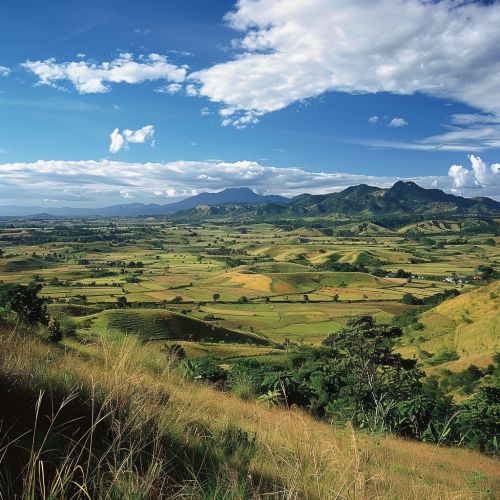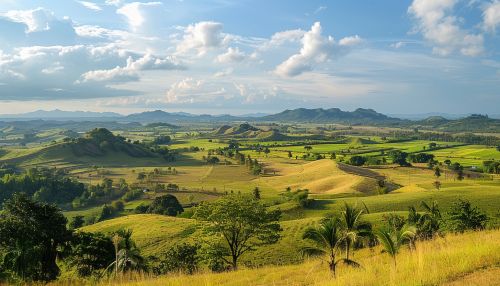Nueva Ecija
Geography
Nueva Ecija is a landlocked province in the Philippines, located in the Central Luzon region. It is bordered to the north by Nueva Vizcaya and Aurora, to the east by Quezon, to the south by Bulacan and Pampanga, and to the west by Tarlac and Pangasinan. The province's topography is characterized by flat plains, rolling hills, and rugged mountains.


History
The history of Nueva Ecija can be traced back to the pre-colonial period when it was inhabited by indigenous tribes such as the Aeta and the Tagalog. The province was established on November 25, 1705, by the Spanish colonial government. During the Philippine Revolution, Nueva Ecija was one of the first provinces to revolt against Spanish rule.
Economy
Nueva Ecija is known as the "Rice Granary of the Philippines" due to its vast rice fields. The province is a major producer of rice, corn, onions, and other agricultural products. It also has a growing livestock and poultry industry. Aside from agriculture, Nueva Ecija has a burgeoning services sector, particularly in the areas of retail, banking, and real estate.
Culture
The culture of Nueva Ecija is a blend of indigenous traditions and influences from Spanish, American, and Asian cultures. The province is known for its vibrant festivals such as the Pahiyas Festival, which celebrates the bountiful harvest. The people of Nueva Ecija, known as Novo Ecijanos, are known for their warm hospitality and resilience.
Education
Nueva Ecija is home to several higher education institutions, including the Central Luzon State University, one of the top state universities in the Philippines. The province also has a high literacy rate, with a strong emphasis on education at all levels.
Tourism
Nueva Ecija offers a variety of tourist attractions, from historical sites to natural wonders. Some of the must-visit places in the province include the Minalungao National Park, the Pantabangan Dam, and the historic churches of Gapan and Cabanatuan.
